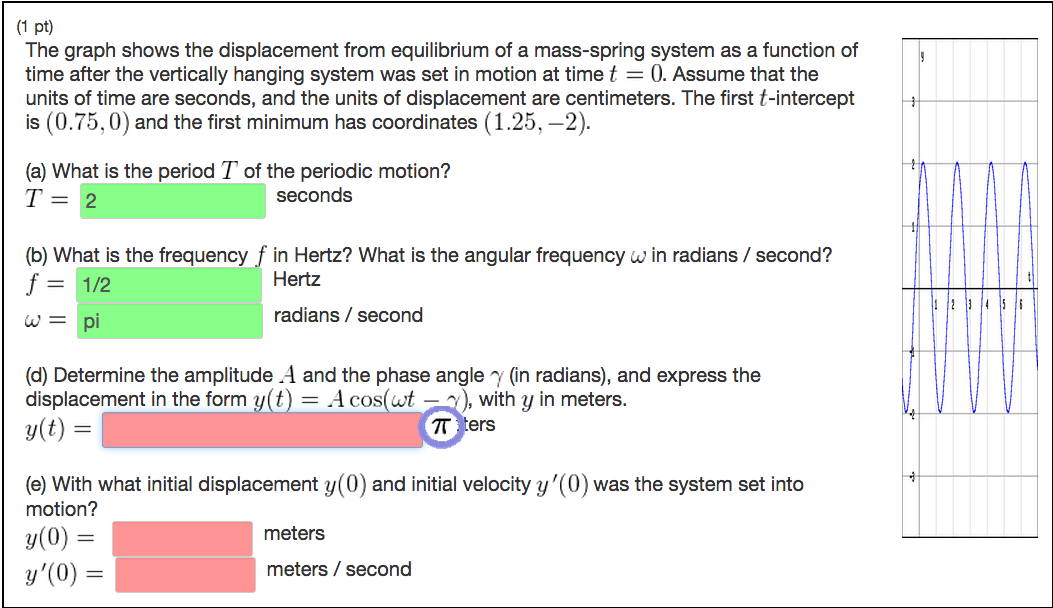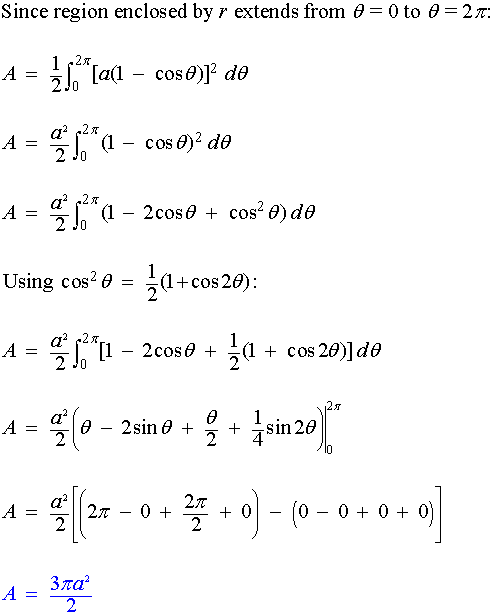


For formulas to show results, select them, press F2, and then press Enter. If the function fails, the return value is -1.

This value may differ from the color specified by crColor that occurs when an exact match for the specified color cannot be found. To express the arctangent in degrees, multiply the result by 180/PI( ) or use the DEGREES function.Ĭopy the example data in the following table, and paste it in cell A1 of a new Excel worksheet. If the function succeeds, the return value is the RGB value that the function sets the pixel to. If both x_num and y_num are 0, ATAN2 returns the #DIV/0! error value. One simply adds the name of the script(s) after the ROOT command. The y-coordinate of the point.Ī positive result represents a counterclockwise angle from the x-axis a negative result represents a clockwise angle.ĪTAN2(a,b) equals ATAN(b/a), except that a can equal 0 in ATAN2. 5.1 The Fit Method 5.2 Fit with a Predefined Function 5.3 Fit with a User-Defined. The ATAN2 function syntax has the following arguments: The angle is given in radians between -pi and pi, excluding -pi. The arctangent is the angle from the x-axis to a line containing the origin (0, 0) and a point with coordinates (x_num, y_num). Returns the arctangent, or inverse tangent, of the specified x- and y-coordinates. This article describes the formula syntax and usage of the ATAN2 function in Microsoft Excel.
#UNRESOLVED FUNCTION SIMPLE COORDS FOR MAC#
Comparing these properties with those obtained for more common, locally filtered eddies revealed that they are distinctly different.Excel for Microsoft 365 Excel for Microsoft 365 for Mac Excel for the web Excel 2021 Excel 2021 for Mac Excel 2019 Excel 2019 for Mac Excel 2016 Excel 2016 for Mac Excel 2013 Excel 2010 Excel 2007 Excel for Mac 2011 Excel Starter 2010 More. We also showed that spatial inhomogeneities of the transport tensor components are important. The latter component completely dominates, therefore, it should be taken into account by eddy parameterizations, which is not yet the case. The diffusive tensor component is characterised by polar eigenvalues and is further decomposed into isotropic and filamentation components. Both diffusive and advective parts of the transport tensor were found to be significant. We described the eddies in terms of their full, space–time dependent transport tensor, which was made unique by constraining it to be the same for the potential vorticity, momentum and buoyancy fluxes. We uncovered physical properties of the eddies by interpreting involved nonlinear eddy/large-scale interactions via the classical flux-gradient relation. Also, trsf.TranslationPart ().Coord () directly returns coords vector, without needing to separately call for XYZ. trsf shape.Location ().Transformation () doesn't need shape.geometry anymore. The main strengths are (i) no explicit spatio-temporal filter is needed for separating the large-scale and eddy flow components, (ii) the eddies are dynamically translated into the error-correcting forcing that perfectly augments the coarse-grid model towards reproducing the reference circulation. Running pythonocc-core 0.18.2 with ifcopenshell v0.6.0b0 (latest conda-forge version), I had to adapt a minor thing. These eddies are obtained as the field errors of fitting some given reference ocean circulation into the employed coarse-grid ocean model. One way to address the issue is by using recently formulated dynamically filtered eddies. Then, use the 3-Point Base function in the robot - touch the pointer to the chessboard origin, then a point on the chessboard X axis, then a point in the chessboard's positive XY plane. second panel shows the P(D) function for these four cases, using a simple truncated power law to. Parameterizing mesoscale eddies in ocean circulation models remains an open problem due to the ambiguity with separating the eddies from large-scale flow, so that their interplay is consistent with the resolving skill of the employed non-eddy-resolving model. Temporarily mount a sharp-ish (pencil-sharp, not hypodermic-sharp) pointer firmly to the robot, and teach it as a TCP. P(D) function for SZ clusters at different frequencies.


 0 kommentar(er)
0 kommentar(er)
